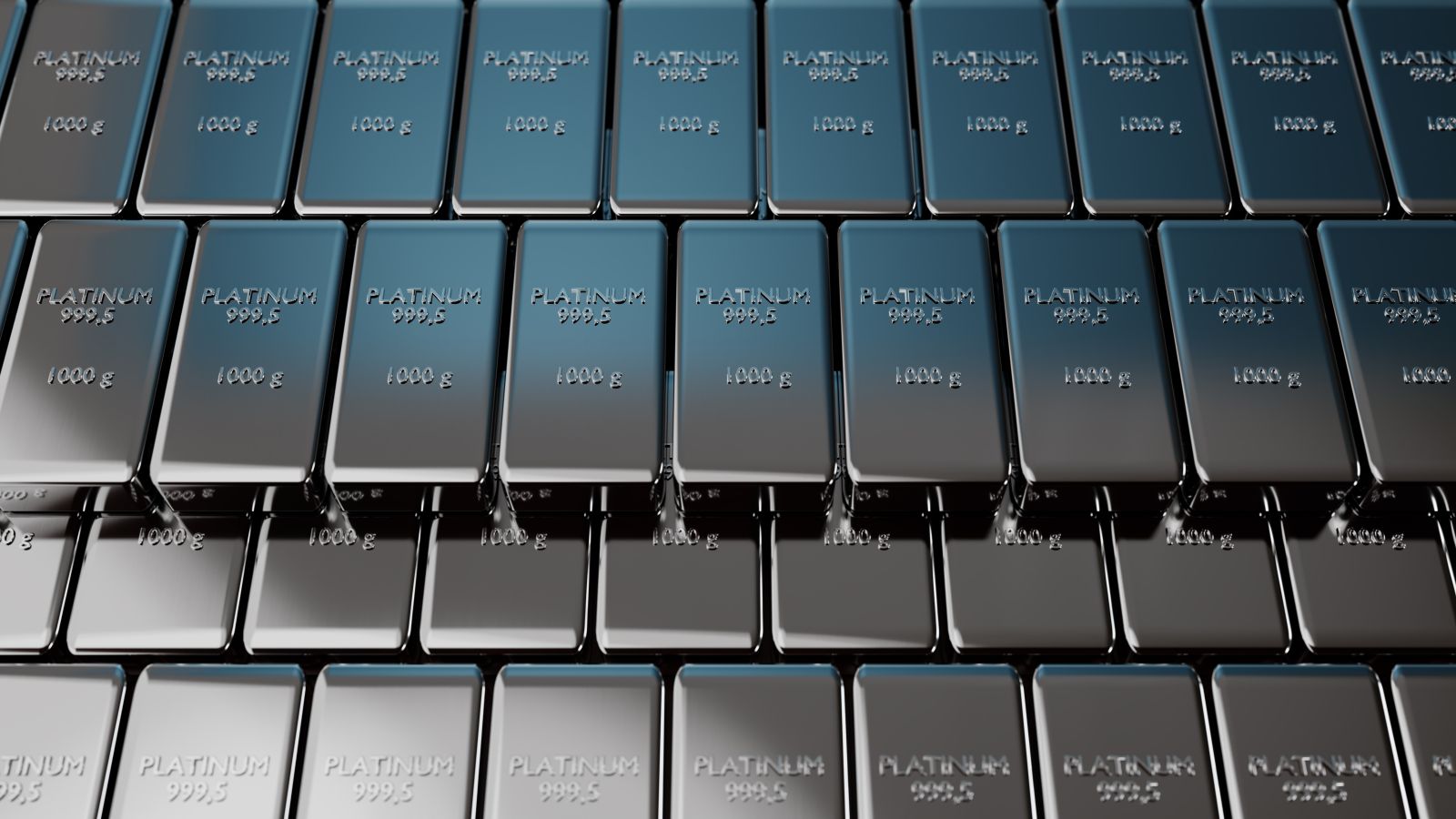
In a Q1 Barchart recap of the precious metals sector, I highlighted platinum’s 8.77% Q1 decline and palladium’s 7.91% drop. Nearby NYMEX platinum futures closed Q1 at $907.70, with the palladium futures at the $1,021.50 per ounce level. In late May 2024, the metals were over the $1,000 level, with platinum higher and palladium lightly lower than the Q1 closing prices.
Despite being classified as precious metals, the industrial applications of platinum and palladium have a more significant impact on their price trends than financial factors. It's important to note that platinum and palladium futures markets are considerably less liquid than those of gold and silver, which could result in substantial price volatility when trends emerge.
Platinum moves higher but is not running away on the upside
After settling at $907.70 on the continuous futures contract at the end of March 2024, platinum’s price recovered.

As the chart shows, the now active month July NYMEX platinum futures rallied 20% from $921.10 on March 28 to $1,105 on May 20. While platinum futures experienced a double-digit percentage gain over the period, they have been trading around the $1,000 level over the past years. The nearby futures were 14.8% higher in Q2 above the $1,050 level on May 22.

The ten-year chart highlights $1,000 has been a pivot point for platinum since 2015.
Palladium is holding but shows no signs of a recovery
The continuous NYMEX palladium futures contract settled at $1,021.50 per ounce at the end of Q1.

The daily chart of June futures shows palladium moved 1.6% lower from $1,021.50 on March 28 to $1,005.50 on May 22.

The ten-year chart shows palladium remains in a bearish trend that started in March 2022 at the $3,380.50 record high.
Liquidity suggests eventual volatility
Liquidity in futures reflects the volume and open interest, the total number of open long and short positions.
In precious metals, gold and silver are highly liquid markets, while platinum and palladium suffer from far less liquidity.
- As of May 21, 2024, COMEX gold open interest was at 530,591 with an average daily volume of over 200,000 contracts. At $2,390 per ounce, the value of OI and daily volume were $127.342 billion and $47.8 billion, respectively.
- As of May 21, 2024, COMEX silver open interest was at 186,945 with an average daily volume of over 60,000 contracts. At $31.40 per ounce, the value of OI and daily volume were $20.35 billion and $9.42 billion, respectively.
- As of May 21, 2024, NYMEX platinum open interest was at 92,741 with an average daily volume of over 35,000 contracts. At $1,054 per ounce, the value of OI and daily volume were $4.887 billion and $1.845 billion, respectively.
- As of May 21, 2024, NYMEX palladium open interest was at 26,143 with an average daily volume of over 5,000 contracts. At $1,007 per ounce, the value of OI and daily volume were $2.633 billion and $503.5 million, respectively.
Platinum and palladium are far less liquid than gold and silver. Illiquid futures markets are more susceptible to increased volatility as bids to buy tend to disappear during selloffs and offers to sell evaporate when prices rise. Therefore, any change in the trends, technical breakouts, or breakdowns could cause significant price moves over the coming weeks or months. Platinum has been rangebound, while palladium has been in an over two-year bearish trend. With gold and silver prices rising, the trends favor the upside. Meanwhile, platinum and palladium provide an alternative for value-seeking investors.
PPLT is the most liquid platinum ETF
The physical bars and coins offered by precious metals dealers are the most direct route for platinum and palladium investment. NYMEX futures provide exposure but involve margin and leverage.
The Aberdeen Physical Platinum ETF product (PPLT) invests its assets in platinum bullion. At $96.04 per share, PPLT has over $1.097 billion in assets under management. PPLT trades an average of 174,683 shares daily and charges a 0.60% management fee. NYMEX platinum futures moved 14.8% higher since the end of Q1.

The chart highlights PPLT’s 14.95% rally from $83.55 to $96.04 per share.
PALL is the palladium ETF
The Aberdeen Physical Palladium ETF product (PALL) invests its assets in platinum bullion. At $92.27 per share, PALL has around $290.50 million in assets under management. PALL trades an average of 122,903 shares daily and charges a 0.60% management fee. NYMEX palladium futures moved 1.6% lower since the end of Q1.

The chart highlights PPLT’s 1.23% decline from $93.52 to $92.37 per share.
PPLT and PALL do an excellent job tracking platinum and palladium futures prices. However, since the metals trade around the clock and the ETFs only when the stock market operates, they can miss highs or lows when the stock market is closed.
Platinum and palladium offer an alternative to high-flying gold and silver for value investors seeking precious metals exposure.
On the date of publication, Andrew Hecht did not have (either directly or indirectly) positions in any of the securities mentioned in this article. All information and data in this article is solely for informational purposes. For more information please view the Barchart Disclosure Policy here.






